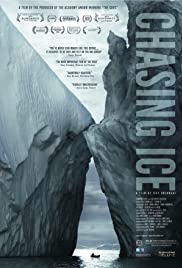
When National Geographic photographer James Balog asked, “How can one take a picture of climate change?” his attention was immediately drawn to ice. Soon he was asked to do a cover story on glaciers that became the most popular and well-read piece in the magazine during the last five years. But for Balog, that story marked the beginning of a much larger and longer-term project that would reach epic proportions.
You May Also Like

Iranian American comic Maz Jobrani lights up the Kennedy Center with riffs on immigrant life in the Trump era, modern parenting pitfalls and more.

This documentary takes audiences into the heart of Africa’s Congo Basin to meet the men and women trying to save the forest elephant from extinction.

A weekend in the life of a bizarre family in the sixties. Their lives will never be the same after it.
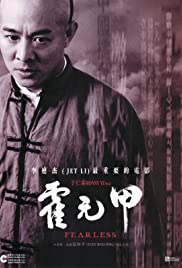
Huo Yuan Jia became the most famous martial arts fighter in all of China at the turn of the 20th Century. Huo faced personal tragedy but ultimately fought his way out of darkness, defining the true spirit of martial arts and also inspiring his nation. The son of a great fighter who didn’t wish for his child to follow in his footsteps, Huo resolves to teach himself how to fight – and win.
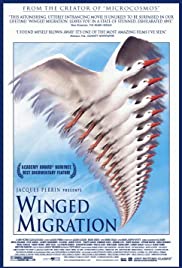
The cameras of Jacques Perrin fly with migratory birds: geese, storks, cranes. The film begins with spring in North America and the migration to the Arctic; the flight is a community event for each species. Once in the Arctic, it’s family time: courtship, nests, eggs, fledglings, and first flight. Chicks must soon fly south. Bad weather, hunters, and pollution take their toll. Then, the cameras go

Highlights Rajamouli’s influence on Indian and international cinema, with interviews and behind-the-scenes footage.
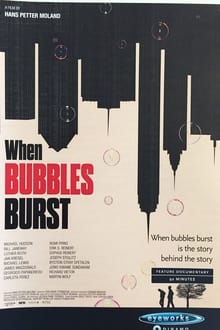
It is becoming increasingly difficult to protect ourselves from extreme financial volatility. This feature documentary will examine the mechanics behind bubbles and crashes, and discuss trends and visions for the future.

With the solar eclipse in 1999 as her mirror image, an exiled film artist turns her analogue film camera on her family in ex-Yugoslavia in a work that maps how a dark past remains embedded in the present.

The world is facing a “pandemic” of chronic disease – heart disease, diabetes, cancer, obesity, asthma, kidney and liver disease, Alzheimer’s, autoimmune diseases, allergies and skin conditions and many, many more. This year more than 36 million people will die from degenerative conditions – more than from all other causes put together*, and that number is expected to rise to over 50 million within 15 years. At the same time, the amount spent trying to treat these diseases with pharmaceutical drugs is expected to rise by 50% to more than $1.2 trillion! One summer Jason Vale took eight people who collectively suffered from 22 different chronic diseases and put them on his ‘Juice Only’ diet for 28 days. Could these different diseases with their many different prescribed drugs be improved and even cured by one thing? Maybe it’s time to get Super Juiced!

“A good ski run is like a good meal.” So begins the unmistakable musings – and voice – of Warren Miller as we journey back to the “Me Decade” and his classic film, “Ski a la Carte.” All the sights, sounds and styles of the 1970s are guaranteed to get you in the mood for a little ski boogie on an off the hill at some of the most amazing destinations on the planet. Classic ski action cinematography at its best. Featured locations include Mammoth Mountain, CA, and an invitation-only spring racing derby; Mt Vernasus in Greece, which hosts a school for ski-ophytes; and some truly outrageous ’70s freestyle action from Squaw Valley, Park City, Sun Valley, and Colorado’s Breckenridge, Keystone, Copper and A-Basin resorts. Generous portions of Warren Miller’s trademark humor and some crazy kaleidoscopic effects make “Ski a la Carte” the perfect sample of vintage 1970s Warren Miller.
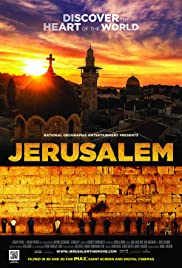
JERUSALEM takes audiences on an inspiring and eye-opening tour of one of the worlds oldest and most enigmatic cities. Destroyed and rebuilt countless times over 5000 years, Jerusalem’s enduring appeal remains a mystery. What made it so important to so many different cultures? How did it become the center of the world for three major religions? Why does it still matter to us?